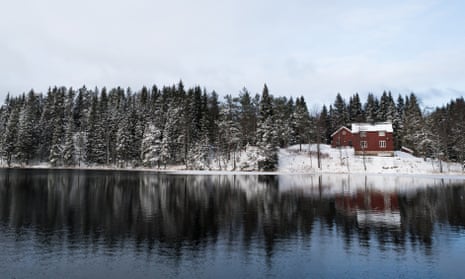In the 1980s, there was a series of diplomatic spats between Britain and Scandinavian countries about acid rain. Sulphur emissions from coal-burning power stations in Britain were being swept up into clouds, crossing the North Sea and falling as weak sulphuric acid into lakes and rivers in Norway and Sweden. The acid was wiping out salmon and trout populations. Eventually, after years of denials, Margaret Thatcher admitted some responsibility and scrubbers were fitted to British power station chimneys to remove the worst of the pollution.
Since then the issue of acid rain has virtually disappeared from public view, and the news this week that Britain managed a whole week without any coal-fired power station in use would suggest an end to the problem – but sadly not.
A second, previously underestimated cause of acid rain is nitrogen oxides, produced partly by farming and motor vehicles. Norway is still pouring up to 45,000 tons of lime into rivers and lakes each year to counteract the effects of nitric acid in rainfall. Excess nitrogen also causes algae growth, which is bad for the health of lakes and kills fish. Most of this is not the UK’s fault, but it is another good reason for cleaning up vehicle emissions.

Comments (…)
Sign in or create your Guardian account to join the discussion